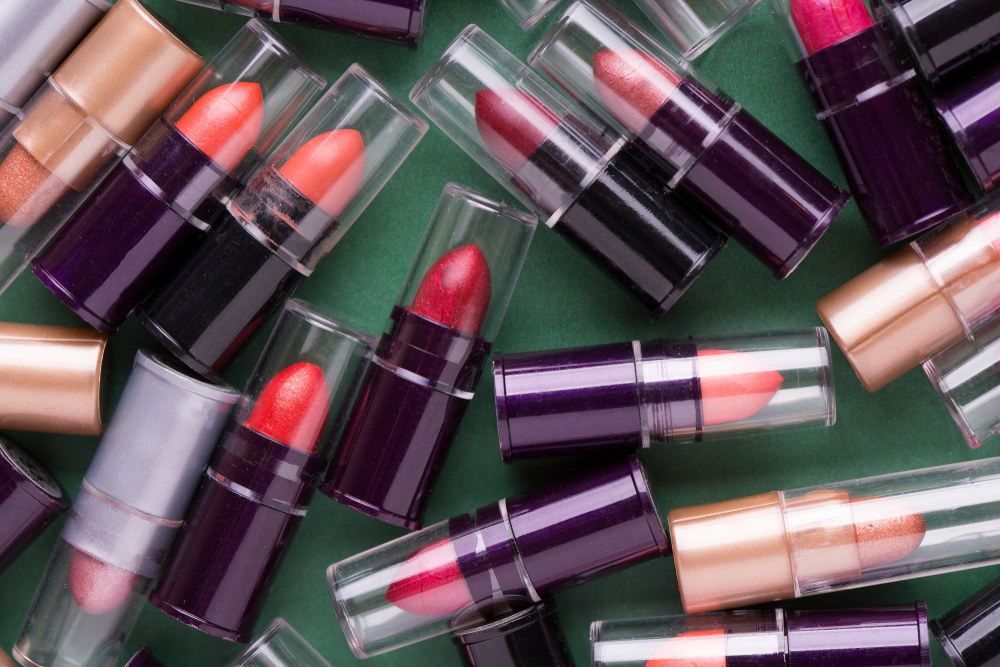Cosmetic display needs to reflect the fact that traditional sampling seems unlikely to return even as lockdown eases and retailers plan to re-open.
A survey by First Insight found that 80% of women respondents said they feel unsafe testing beauty products. Dated July 10, the study represents an increase from 78% reported on April 30.
“The days of sharing full-size bottles at the beauty counter to test products are over,” says Margery Woodin, vice president of marketing & sales, Identipak. Individually packaged doses, for everything from lipstick to fragrance, will soon be the norm, she predicts.
With increased consumer concerns over hygiene, sample packaging—especially unit-dose packaging—is likely to become the norm for cosmetic sampling as part of a cosmetic display. There will also be a need to supply hygiene goods – tissues, hand-sanitser gel, etc.
US website Beauty Packaging wrote recently
In addition to being distributed in stores and taking the place of testers, samples enable beauty brands to connect with consumers at home—and this is especially important if retailers continue to see less foot traffic due to concerns over coronavirus. As a proven marketing tool, samples influence purchasing decisions. “Beauty samples are the third-largest driver of full-size product purchases, after past experience and recommendations from friends and family,” states Euromonitor International. The research company conducted a beauty survey, and 14.39% of respondents in the U.S. said a free sample influenced a color cosmetic purchase they made last year.
Cosmetic display for the new ‘normal’
It seems likely that old cosmetic displays will need to be redesigned or simply replaced to reflect these changes to cosmetic retailing. Linked to increased consumer concerns over globalisation, sustainability and waste cosmetic displays for the new normal might start to look very different for retailers, brands and consumers.


